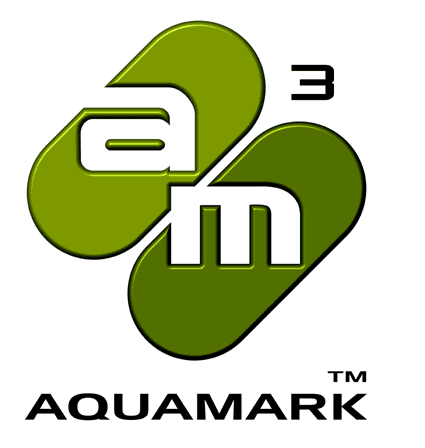Aquamark3: Accurate Benchmarking for Old and New (DirectX9) Apps?
DirectX9-Graphics - A Happy Outcome

There is much confusion and misunderstandings expressed in Web forums when it comes to pixel shaders and DirectX. Before describing AquaMark 3 and what its benchmarking applications can do for you, we will offer an overview to explain how different programming interfaces relate to today's graphics cards and PC games and how they affect benchmarks.
The last couple of years have been disappointing for PC gamers eagerly awaiting new graphics features. Every time a new graphics chip was released, the companies advertised its features like they represented the Holy Grail. But those features were hardly recognizable in released games.
Apart from a few titles or tech demos, there were usually no gaming applications that reflected graphics cards marketeers dog and pony shows. It took years before new games used features offered by the latest graphic chipsets.
For Bump Mapping, it turned out that the first generation chips were too slow to even run those features. It was great to have high-end game graphics, but developers had a hard time selling many copies if the game ran too slow or was only usable on only the latest high-end cards.
A new era began when DirectX8 was released. It was the first step to get rid of the fixed function effects in graphic chips. Game developers were now able to use new optical effects without running into compatibility trouble. Within limits, effects became programmable. If a game artist today wants to use a certain effect, for example, he can create code based on a shader program. But it also took very long until games used the new shader effects in more than little doses.
Stay on the Cutting Edge
Join the experts who read Tom's Hardware for the inside track on enthusiast PC tech news — and have for over 25 years. We'll send breaking news and in-depth reviews of CPUs, GPUs, AI, maker hardware and more straight to your inbox.
Current page: DirectX9-Graphics - A Happy Outcome
Next Page DirectX9-Graphics - A Happy Outcome, ContinuedMost Popular

